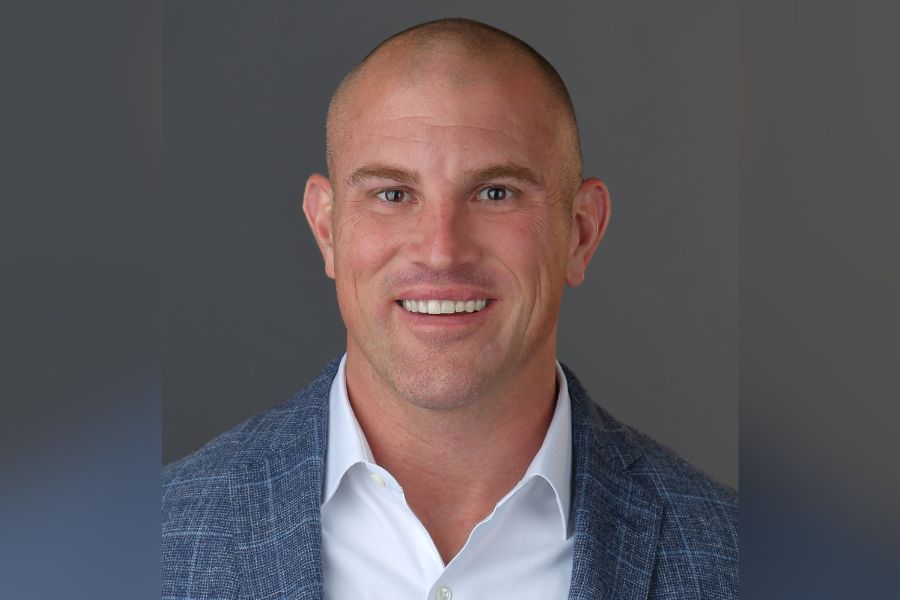Overcoming clients’ puny nest eggs
If you thought our health care system was in need of a fix, get ready for an even bigger crisis — insufficient retirement savings.
If you thought our health care system was in need of a fix, get ready for an even bigger crisis — insufficient retirement savings.
As we approach 2011, the year that the first baby boomers are scheduled to start retiring, we are discovering that most won’t be able to afford to give up their jobs.
Why is there a crisis? The only retirement savings for the 80% of Americans in the private sector are the assets in their 401(k) plans.
Because the typical rate of employer contributions to 401(k) plans is a stingy 3% of pay, the average American household head between 62 and 65 has a nest egg of only about $110,000.
That is the sum of the median 401(k) account balance and the median rollover IRA balance — or less than twice the median annual salary of $61,600 for that age group. This average American nest egg of two times “final pay” is just one-fifth the sum recommended by many pension actuaries in calculating a defined benefit pension.
What this means, unfortunately, is that our nation’s de facto retirement program, the defined contribution pension, is nowhere near able to provide the retirement income that boomers will need. Ironically, the U.S. mutual fund industry, whose products constitute the bulk of 401(k) assets, doesn’t measure retirement readiness.
Although the Investment Company Institute of Washington regularly reports assets under management at its member firms, it neglects to inquire whether the assets of 401(k) participants are on track.
The sad truth is that retirement assets are inadequate — largely because most people don’t start saving when they enter the work force. Instead, they postpone retirement planning and serious retirement saving until they are near retirement age.
Financial advisers must deal with the consequences of this “I’ll worry about retirement tomorrow” mentality, and playing catchup is difficult. Many in the financial planning community should be lauded for refusing to sell their middle-age clients high-fee annuities.
But other investment choices have drawbacks, too.
Should late-starting savers go heavily into equities? Over the long haul, of course, stocks beat fixed-income investments hands down.
But over the short haul, a high stock allocation can be hazardous to your wealth. Believe it or not, the Standard & Poor’s 500 stock index performed almost as poorly over the past eight years, gaining 1.1% annually, on average, as it did during the eight years following the Crash of 1929, when it gained 0.9% annually, on average.
The inconvenient truth that most investors in their 40s and 50s need to hear is that no investment product can make up for decades of little or no saving. That is why baby boomers must stay in the “accumulation phase” until they have achieved a minimum of 10 times their final salary.
For our average pre-retiree earner of $61,600, that means a nest egg of $616,000.
While advisory clients typically have more wealth than that, most Americans don’t — which means delaying retirement until age 75 or having a stay-at-home spouse work full time for several years and saving the entire paycheck. (And don’t get me started on the ridiculously low limits on individual retirement accounts that make it impossible to save adequately in tax-qualified accounts.)
What’s more, advisory clients with a 401(k) plan, but little outside savings, could be in greater jeopardy than those with lower income who have DB pensions.
To help find a way out of the savings shortfall, I developed formulas for suggested contribution rates with the input of pension actuary James E. Turpin., and presented the results to the 2007 ERISA Advisory Council’s Working Group on Financial Literacy and the Role of the Employer. I found that participants who start contributing at age 25 must contribute 10% of salary; waiting until age 35 increases the contribution rate to more than 17%.
By age 40, the rate is more than 23% and, at 50, it is 48%. Needless to say, these requirements demonstrate the utter inadequacy and foolishness of the current $15,500 limit on 401(k) contributions and the $5,000 “catch-up” permitted for those over age 50.
The best fix for America’s 401(k) system is to adopt the Australian system, which mandates a 9% contribution rate by employers. Until that happens, the entire financial community should be obliged to disclose that the only solution to the retirement shortfall is to keep working.
Jane White is president of Madison, N.J.-based Retirement Solutions LLC, an educational organization dedicated to the retirement adequacy of 401(k) participants.
For archived columns, go to investmentnews.com/retirementwatch.
Learn more about reprints and licensing for this article.







